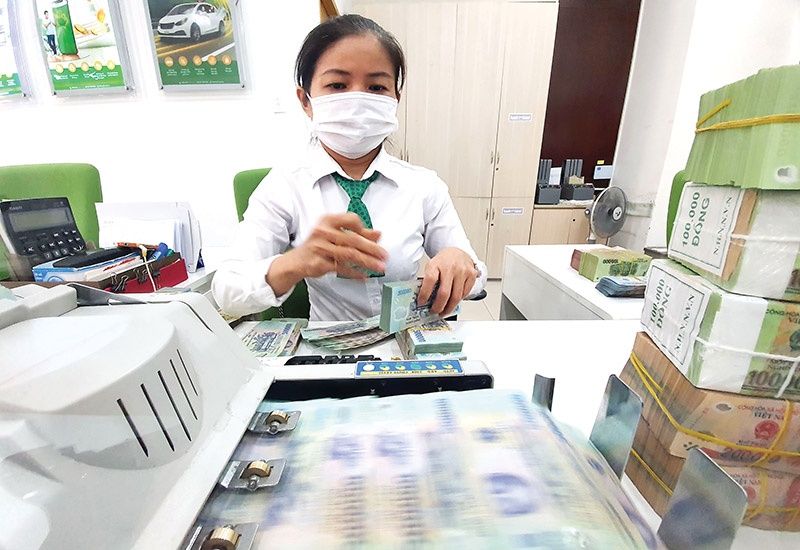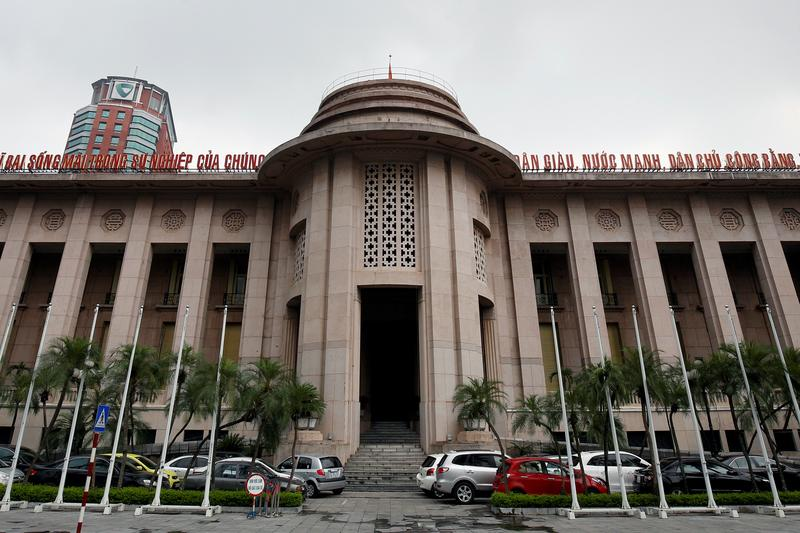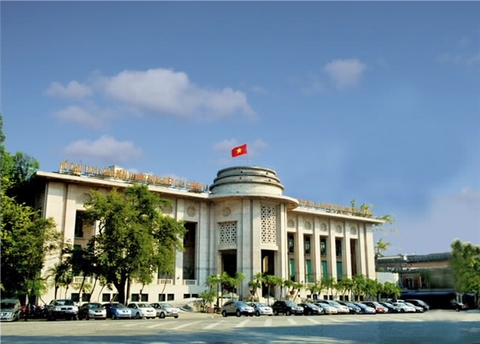Major reform agenda key to control debt
Major reform agenda key to control debt
Vietnam is set to see a higher-than-expected budget deficit this year due to financial measures to support enterprises, but its public debt is projected to remain controlled.

Data and analytics group Fitch Solutions told VIR that under its calculations, “Vietnam will post a larger fiscal deficit in 2022 than 2021, on the back of temporary tax cuts, which will weigh on government revenue growth, while increased infrastructure-related spending will boost expenditure.”
Fitch expects Vietnam’s primary fiscal deficit to widen from 4 per cent of GDP in 2021 to 4.7 per cent of GDP in 2022, from its prior forecast of 3.8 per cent. That would be the largest shortfall since 2013, but well below the deficit limit of 5.1 per cent, as announced by the government in 2022. Meanwhile, it forecasts that the overall general government deficit will widen from 7 to 7.5 per cent of GDP.
Vietnam’s fiscal deficit is set to widen on the back of a January monetary and fiscal package, which will simultaneously reduce growth in tax intake while boosting spending.
The package, approved by the National Assembly (NA), is estimated at 4.1 per cent of GDP or around $15 billion and aims to back the Programme on Socioeconomic Recovery and Development for 2022-2023.
The initiative includes $2 billion used for purchasing vaccines and medical equipment. The remaining $13 billion consists of two packages, with one worth $5.43 billion and the other valued at $7.65 billion. These packages are to be focused on digital and physical infrastructure, including interest rate subsidies for household businesses and firms, and the possible extension of loan forbearance and other regulatory measures.
In tandem, a broad reform agenda is expected to cover climate change, digital transformation, innovation, financial inclusion, business climate, education, and the labour market. Vietnamese authorities introduced fiscal measures aimed at supporting the economy, including a 1-year reduction in the VAT rate, from 10 to 8 per cent.
“At face value, this implies a significant decrease in overall tax collections, since VAT typically helps to fund one-third of total government tax revenues – the largest share among all other components. However, the tax cut comes attached with several caveats, which will somewhat limit the negative impact on the public coffers,” Fitch Solutions said.
With the economy now reopening following several years of weaker growth, a strong economic recovery should help provide an offsetting boost to tax collections.
The General Statistics Office (GSO) two weeks ago reported that in the first half of this year, the economy witnessed a state budget surplus of $9.52 billion, with total revenue reaching $40.52 billion, up 18.8 per cent on-year, and total spending standing at an estimated $31 billion, up 4.5 per cent on-year.
It is expected by the GSO that government revenue growth may accelerate in 2022 thanks to economic conditions forecast to be more favourable. In the first half of 2022, domestic revenue hit $32.34 billion - up 15.8 per cent on-year, revenue from crude oil exports reached $1.48 billion – up 80.8 per cent on-year, and revenue from export-import activities sat at $6.71 billion – up 25.5 on-year.
However, the NA in February adopted a plan to increase the state budget deficit in 2022 and 2023 by an annual average rate of 1-1.2 per cent of GDP, with a maximum permitted sum of $10.43 billion.
Of that, the rate is 1.1 per cent of GDP this year, at a maximum amount of $4.47 billion. The government will formulate the state budget plan for 2023 which will be submitted to the NA. This plan is part of the monetary and fiscal policy, while also aiming to help boost business and production activities that will drive the economy to an average 6.5-7 per cent growth rate for 2021-2025 after the economy rose merely 2.58 per cent last year.
According to figures from the government reported to the NA Standing Committee last month, the budget deficit for last year is $12.46 billion, down by $2.48 billion as compared to the initial estimates and tantamount to 3.41 per cent of realised GDP worth $365.21 billion.
The Ministry of Finance reported that the economy’s public debt was 43.1 per cent of GDP in 2021; the government’s debt was 39.1 per cent of GDP, and the nation’s foreign debt equalled 38.4 per cent of GDP.
According to the International Monetary Fund, Vietnam’s public and publicly guaranteed debt was estimated at 39.7 per cent of GDP in 2021. It added that this debt would increase to 40.5 per cent of GDP in 2022 before stabilising at 40.6 per cent over the medium-term, and it continues to assess the debt sustainability risk as low to moderate.




















